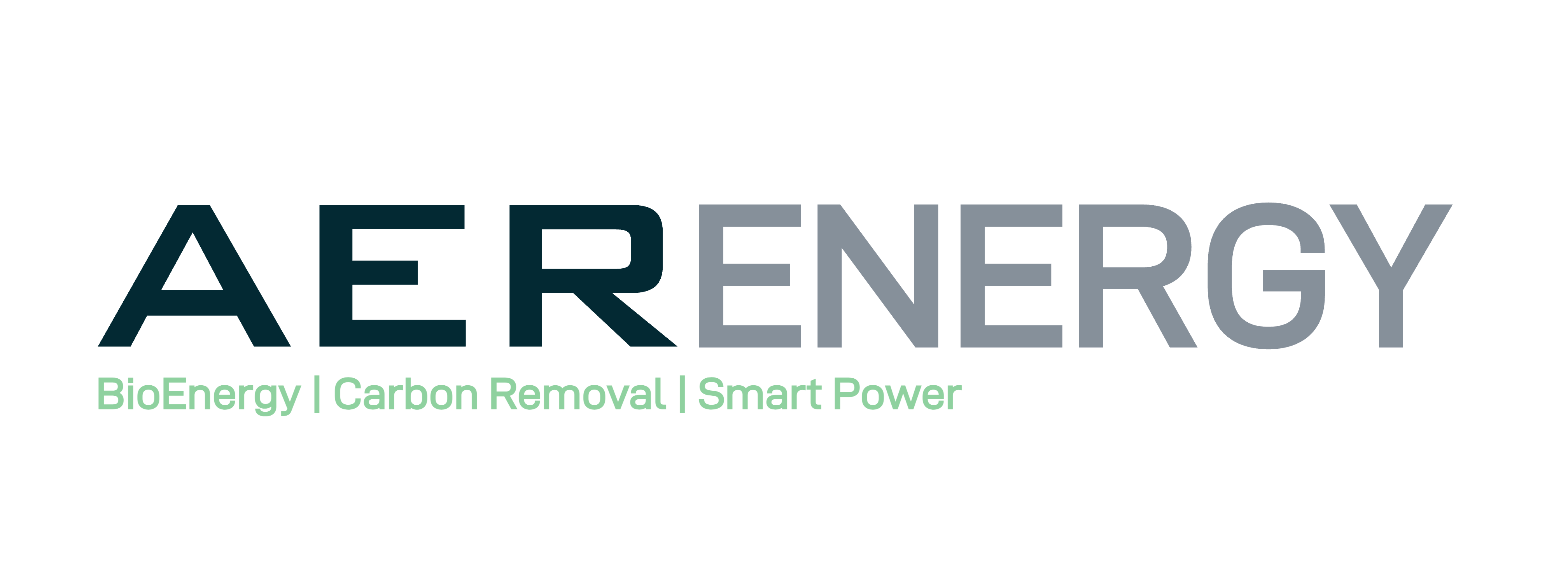From Biomass to Green Methanol: The Clean Fuel Pathway Explained
Executive Summary:
Green methanol is one of the most promising clean fuels for decarbonizing shipping, aviation, and chemicals. But where does it come from? At AER Energy, we turn low-value biomass into high-purity syngas — then synthesize methanol using modular, self-powered systems. The result: a carbon-negative fuel with verifiable credits and global infrastructure potential.
The Biomass-to-Methanol Pathway
At its core, green methanol production involves three main steps:
- Biomass Gasification →
Convert solid biomass into gaseous syngas - Syngas Upgrading →
Clean, condition, and balance the gas for synthesis - Methanol Synthesis →
Catalytically convert syngas into methanol fuel
AER Energy’s process integrates all three stages in a single, modular platform — powered by the energy it produces.
Step 1: Turning Biomass into Syngas
We start with sustainable, non-food biomass such as:
- Forestry residues
- Agricultural waste (e.g. husks, shells)
- Municipal organics and MSW fractions
This feedstock is fed into a low-oxygen gasification chamber at ~800°C, producing a clean syngas blend of:
- H₂ (Hydrogen)
- CO (Carbon Monoxide)
- Small amounts of CH₄ and CO₂
Key features of AER’s gasification:
- ✅ Autothermal: no fossil fuel or external power
- ✅ Modular: 50, 100, 150 TPH units
- ✅ AI-driven controls: automated and remote-ready
- ✅ Low tar, high hydrogen syngas output
Step 2: Conditioning and Upgrading Syngas
To synthesize methanol, syngas must meet specific H₂:CO ratios (typically 2:1) and be free of:
- Particulates
- Sulfur compounds
- Tars and heavy hydrocarbons
Our system integrates:
- Cyclonic separators
- Scrubbers and catalytic filters
- Gas compressors and flow balancing
The result: methanol-grade syngas ready for efficient catalytic conversion.
Step 3: Methanol Synthesis
We use a proprietary low-pressure catalytic reactor that operates continuously, converting the upgraded syngas into crude methanol with:
- ✅ High yield conversion rates
- ✅ Low parasitic energy draw
- ✅ On-site blending or storage ready
Crude methanol can be shipped directly as marine fuel, or refined further for:
- ✈️ SAF blending
- 🧪 Chemical feedstock
- 🚛 Clean transport fuels
Process Overview Table
Carbon Efficiency and Lifecycle Impact
- 🔒 Biochar Sequestration: Up to 3.1 tCO₂e removed per tonne biochar
- 🔁 Carbon-Negative Fuel: Net emissions range –65 to –115 kg CO₂e/GJ
- 💳 Carbon Credit Ready: Verified under Puro.earth, Verra, and ISO 14064
Methanol is the fuel output — but the real product is carbon removal + clean energy.
AER’s Modular Advantage
Most green methanol facilities are:
- ❌ Centralized mega-projects
- ❌ Dependent on fossil gas or imported H₂
- ❌ Years from operation
AER’s platform is:
- ✅ Modular: 20M+ litres/year per site
- ✅ Autonomous: AI-controlled, low staffing
- ✅ Fast to deploy: 6–12 month lead time
- ✅ Site-flexible: From ports to rural biomass hubs
Conclusion: A Fuel and a Framework for the Future
AER’s biomass-to-methanol pathway is more than a clean fuel process — it’s a climate infrastructure system. From carbon removal to renewable energy to fuel supply, it delivers value across emissions, energy, and economics.
Want to Learn More?
- 📄 Download the Full Process Brief
- ⚙️ Request Technical Specifications
- 🤝 Partner on Deployment or Fuel Offtake

.png)
.png)
.png)